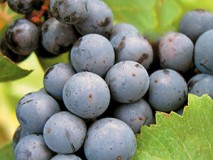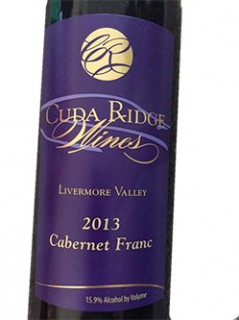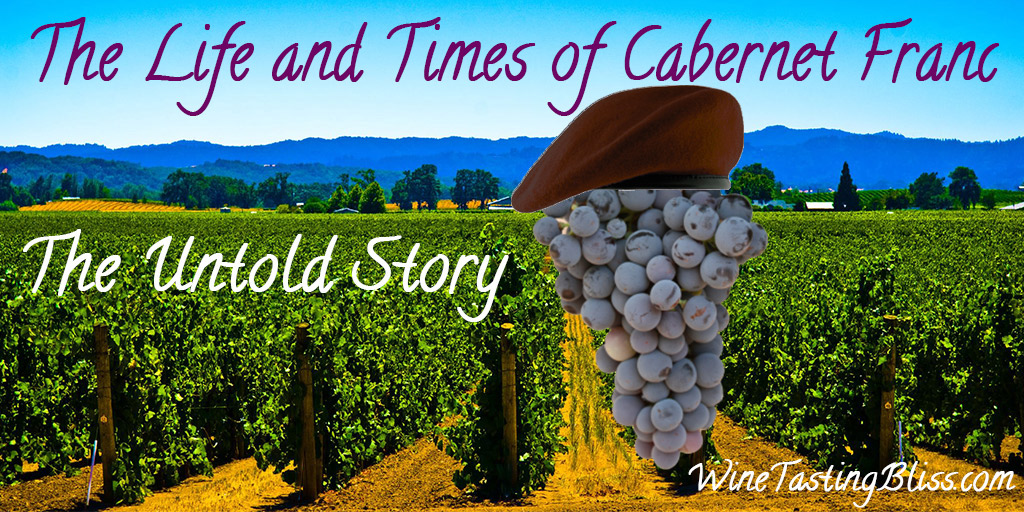The Cabernet Franc grape is one of the oldest wine grapes, but still something of a newcomer to the California wine scene. A great grape for blends, this is also a grape with enough character to make a great wine all by itself. So what do you know about Cabernet Franc?
 The Cabernet Franc grape is really old! It was already something of a big deal in France in the 1600’s, where it became a Bordeaux staple under the name Bouchet. It was crossed with Sauvignon Blanc to create Cabernet Sauvignon (I would have voted for the more melodious name Franc Blanc, but that’s just me) which went on to achieve some great things, too.
The Cabernet Franc grape is really old! It was already something of a big deal in France in the 1600’s, where it became a Bordeaux staple under the name Bouchet. It was crossed with Sauvignon Blanc to create Cabernet Sauvignon (I would have voted for the more melodious name Franc Blanc, but that’s just me) which went on to achieve some great things, too.
The Cab Franc grape ripens a week or two ahead of the Cabernet Sauvignon, making it a crowd pleaser in areas with shorter or cooler growing seasons. The earlier setting of berries makes it a risk in regions subject to late frosts. The grape produces juice that is lighter and spicier than the Cab Sauv, making it an ideal blending grape with more demure varietals.
 When transformed into wine, this grape contributes unique aromas of licorice and bell pepper. Flavor profiles vary quite a bit, but you can count on raspberry, blueberry, plum and occasionally chocolate notes. It typically lightens a Cab Sauv blend and adds character and punch to stand up to more assertive foods. It is also one of the anointed grapes that can be blended into a Meritage.
When transformed into wine, this grape contributes unique aromas of licorice and bell pepper. Flavor profiles vary quite a bit, but you can count on raspberry, blueberry, plum and occasionally chocolate notes. It typically lightens a Cab Sauv blend and adds character and punch to stand up to more assertive foods. It is also one of the anointed grapes that can be blended into a Meritage.
Cabernet Franc on its own has intriguing spicy notes and enough acid to produce a clean, crisp finish. Not a varietal for the weak of spirit, this is a wine that can age well and pairs nicely with barbecued beef or Szechuan Chinese food.
Have you made friends with Cabernet Sauvignon’s poppa? Cabernet Franc is gaining a lot of attention from winemakers. Maybe it’s time to get some attention from you too!
About the Author: John grills a mean steak and is always in the market for another wine fridge. Believes that if a winery has more than 10 employees, it's probably too big. Buys wine faster than he drinks it, but who cares?


